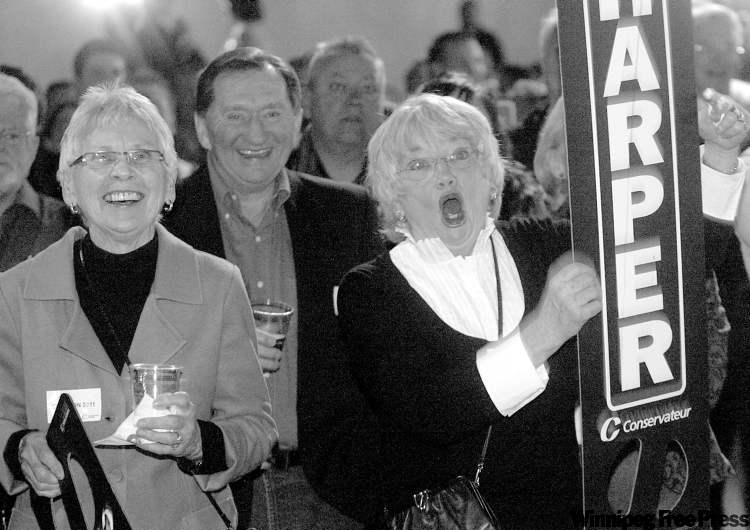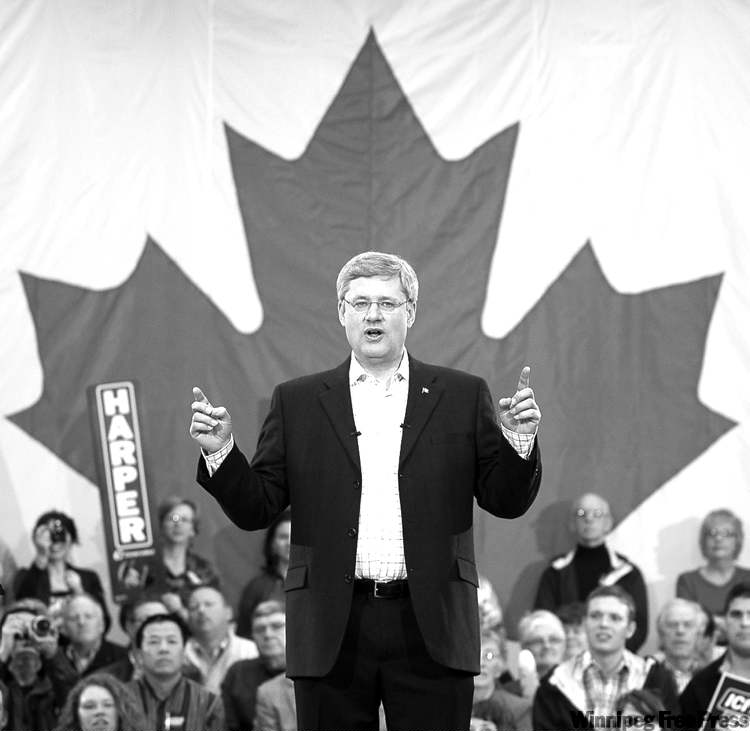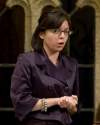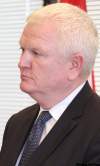Winning strategy
Low-exposure campaign focused on economy, coalition bogeyman
Advertisement
Read this article for free:
or
Already have an account? Log in here »
To continue reading, please subscribe:
Monthly Digital Subscription
$1 per week for 24 weeks*
- Enjoy unlimited reading on winnipegfreepress.com
- Read the E-Edition, our digital replica newspaper
- Access News Break, our award-winning app
- Play interactive puzzles
*Billed as $4.00 plus GST every four weeks. After 24 weeks, price increases to the regular rate of $19.00 plus GST every four weeks. Offer available to new and qualified returning subscribers only. Cancel any time.
Monthly Digital Subscription
$4.75/week*
- Enjoy unlimited reading on winnipegfreepress.com
- Read the E-Edition, our digital replica newspaper
- Access News Break, our award-winning app
- Play interactive puzzles
*Billed as $19 plus GST every four weeks. Cancel any time.
To continue reading, please subscribe:
Add Free Press access to your Brandon Sun subscription for only an additional
$1 for the first 4 weeks*
*Your next subscription payment will increase by $1.00 and you will be charged $16.99 plus GST for four weeks. After four weeks, your payment will increase to $23.99 plus GST every four weeks.
Read unlimited articles for free today:
or
Already have an account? Log in here »
Hey there, time traveller!
This article was published 03/05/2011 (5282 days ago), so information in it may no longer be current.
OTTAWA — It was a majority-or-bust strategy that paid off big time for Stephen Harper.
The prime minister heads back to 24 Sussex Drive as the first Conservative leader in history to win three consecutive elections and the first to win a majority government in more than 20 years.
Harper was the sixth Canadian prime minister to have his government defeated on a confidence vote. He is only the second to be returned to power by voters. Pierre Trudeau’s Liberals lost the confidence of Parliament in 1974 on a budget vote. Trudeau was returned with a majority government with 53 per cent of the seats at the time.

Harper went into the campaign warning Canadians if they wanted stability and avoid an opposition coalition, they had only one choice.
“There’s either going to be Mr. Ignatieff put in power by the NDP and the Bloc Québécois or there will be what Canada needs to keep this economy moving forward: a strong, stable national, majority Conservative government,” Harper said early in the campaign.
Harper did not stray from that message despite facing a string of potential problems: accusations against a former aide in the Prime Minister’s Office related to illegal lobbying and suggestions his director of communications Dimitri Soudas may have improperly interfered in an appointment to the Montreal Port Authority.
Carleton University politics Prof. Paul Adams said the Harper camp stayed on message and did what they planned — a low-risk, low-exposure campaign that targeted specific ridings and kept the possibility for mistakes to a minimum.
“The Conservatives have run the campaign they intended to run,” he said. “It was a classic front-runner’s campaign.”
It worked. There were no major gaffes or minor missteps, at least for the leader. No unexpected comments about rich artists whining and complaining at $100-a-plate galas to drive down the vote in Quebec. No offhand comments that Canadians aren’t worried about jobs or that it was a good time to invest in the stock market on the eve of a recession. (Comments he made in 2008.)
The media complained about the restricted access to Harper but the public didn’t get a sense of that, said Adams, and for the most part, Harper appeared to be campaigning the same way as the other leaders.
Adams said there is a weakness in the strategy because it often makes for an extremely negative campaign.
“They failed to create a strong positive message,” said Adams. “It can consolidate the base but it doesn’t always help to expand it.”
In a number of ridings, the Conservatives benefitted from vote-splitting, stealing seats where centre-left voters could not make up their minds between the NDP and the Liberals.

Darrell Bricker of polling firm Ipsos-Reid said Harper and the Conservatives made two calculated gambles. The first was staking their campaign on the economy as the No. 1 issue. The second was on driving home a negative message about a Liberal-NDP coalition.
Bricker said Harper’s personality barrier is that he’s seen as competent but not warm and likable.
Adams said Harper learned from his mistakes in the past.
“What they could control, they controlled really, really well,” he said.
Harper lost some seats in Quebec but voters flocked to his party in Ontario where he gained at least 19 seats. It appeared some right-leaning Liberal voters moved to the Conservatives in the waning days of the campaign in a bid to stop the NDP.
From the start, the Conservative strategy was to target 30 key ridings they thought they could win, with a focus on ridings that have high ethnic populations.
mia.rabson@freepress.mb.ca













